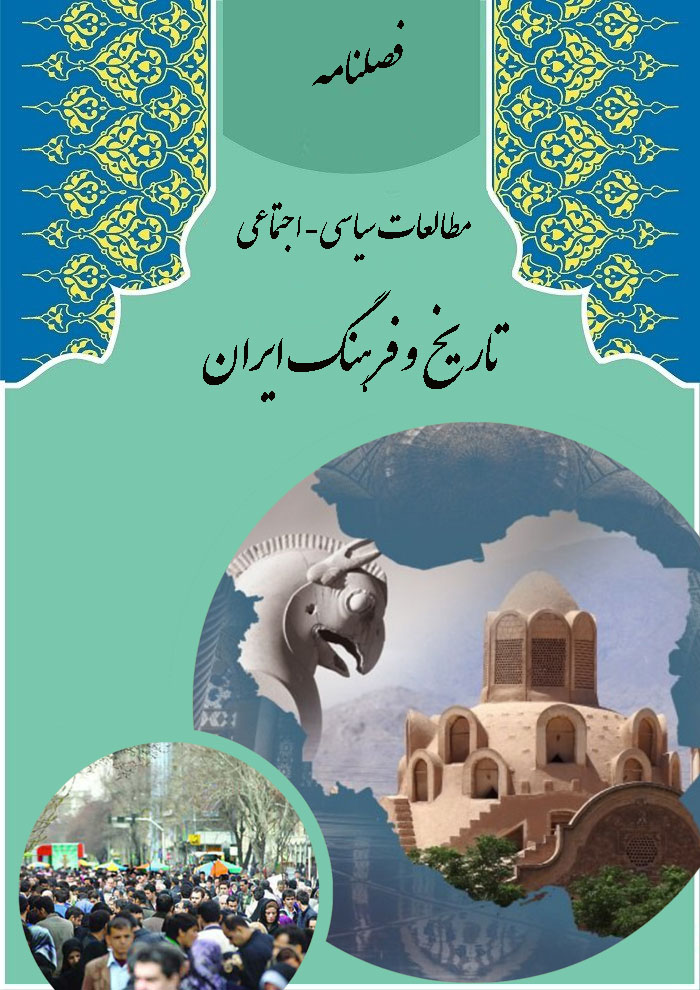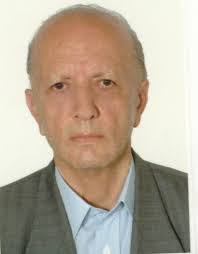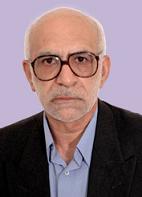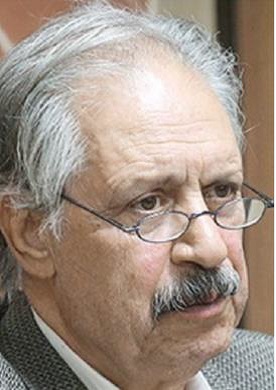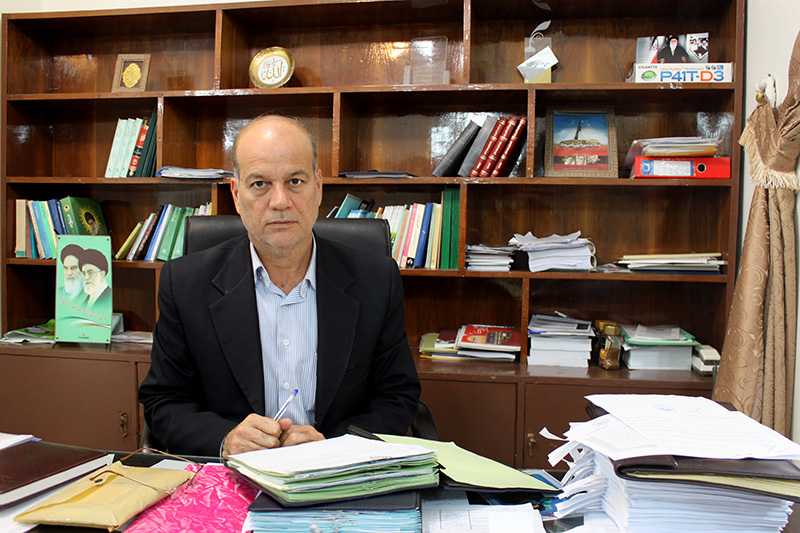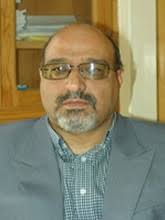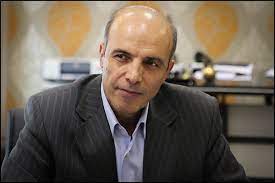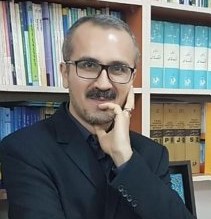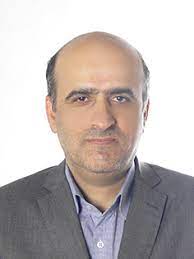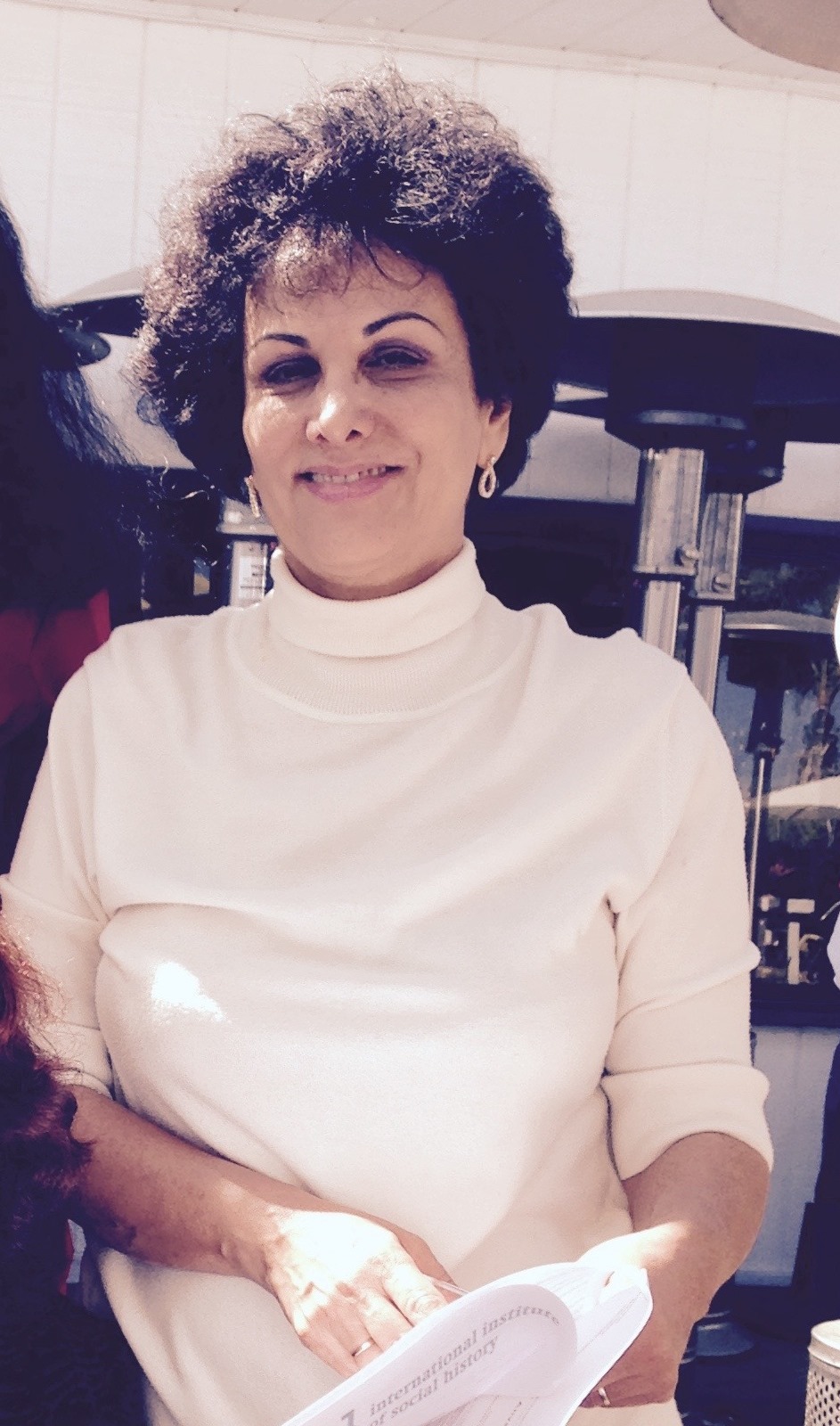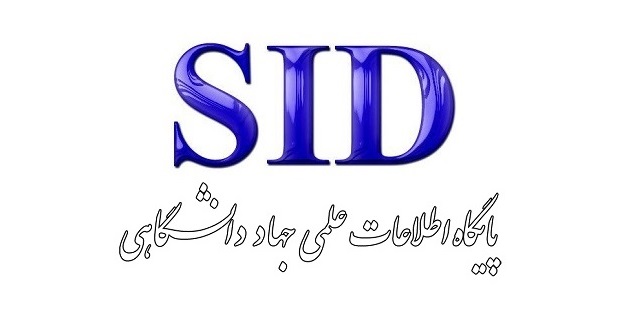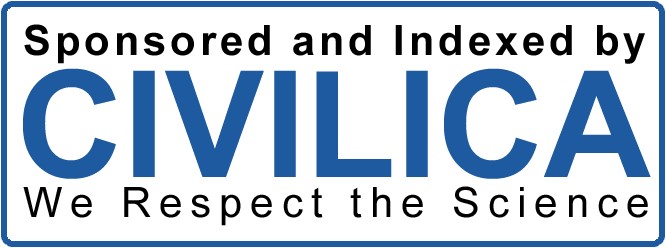A look at the relationship between culture and economy in the second Pahlavi period
Keywords:
Pahlavi II, economy, culture, authority of economy over culture, content analysis methodAbstract
A society will achieve sustainable development that can establish a proper balance between the four sectors of economy, society, culture and politics. This balance means simultaneous growth and two-way relations between each pillar. During Pahlavi II's time, we had a golden opportunity to achieve economic development. At this time, Iran's economic growth index increased by 389% and the gross domestic product reached 51 billion dollars from 4 billion dollars in 1977, but this income was not followed by economic development. It did not cause development in other important sectors including culturebecame. Therefore, this research examines the relationship between culture and economy in the second Pahlavi period using a qualitative-descriptive method. The results of the research show that what was passing in Iranian society at that time was the power of economy over culture. Economy had such a material and spiritual dominance over culture that it destroyed or weakened many moral relationships in social, economic, cultural and religious fields.
